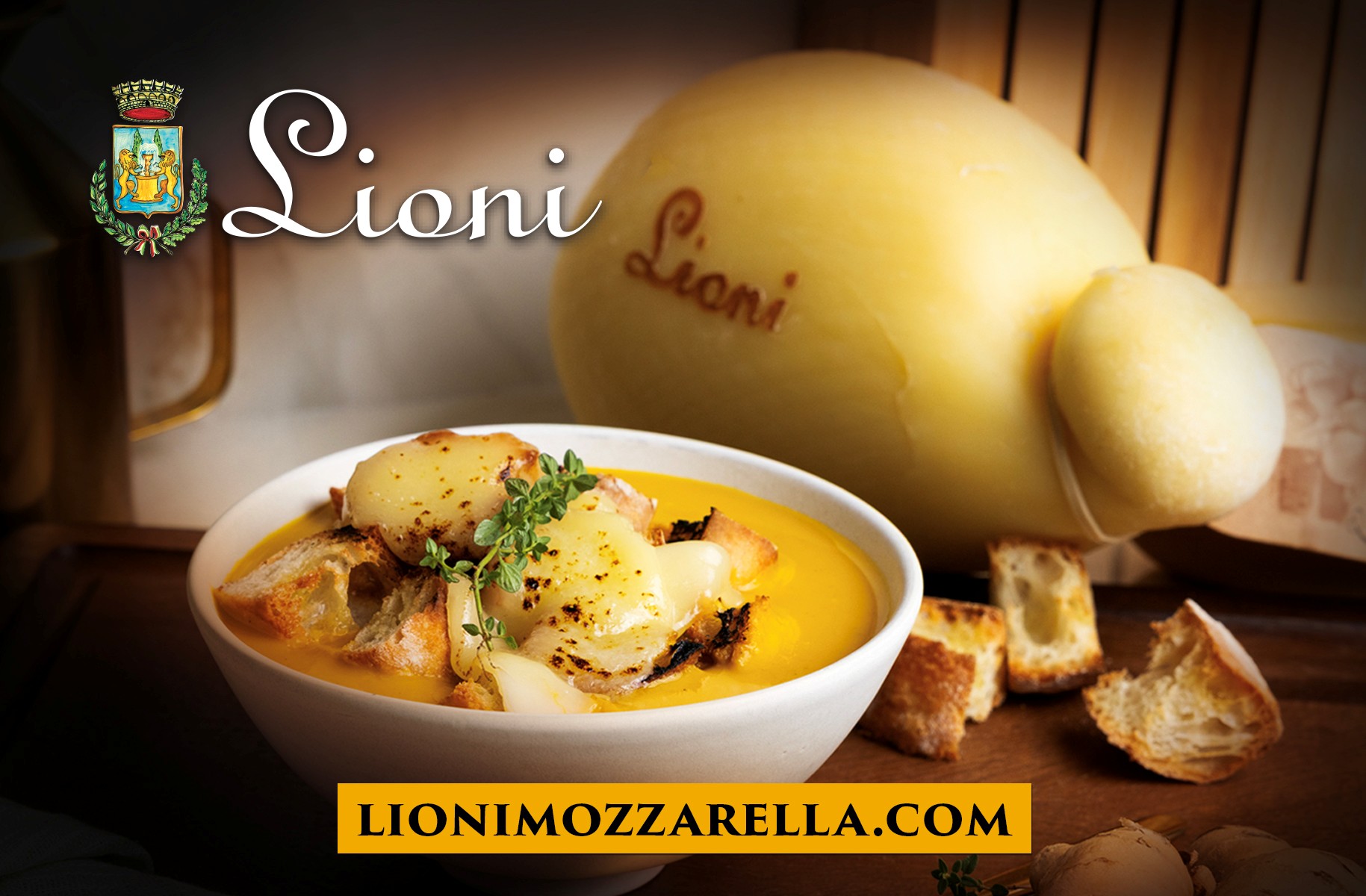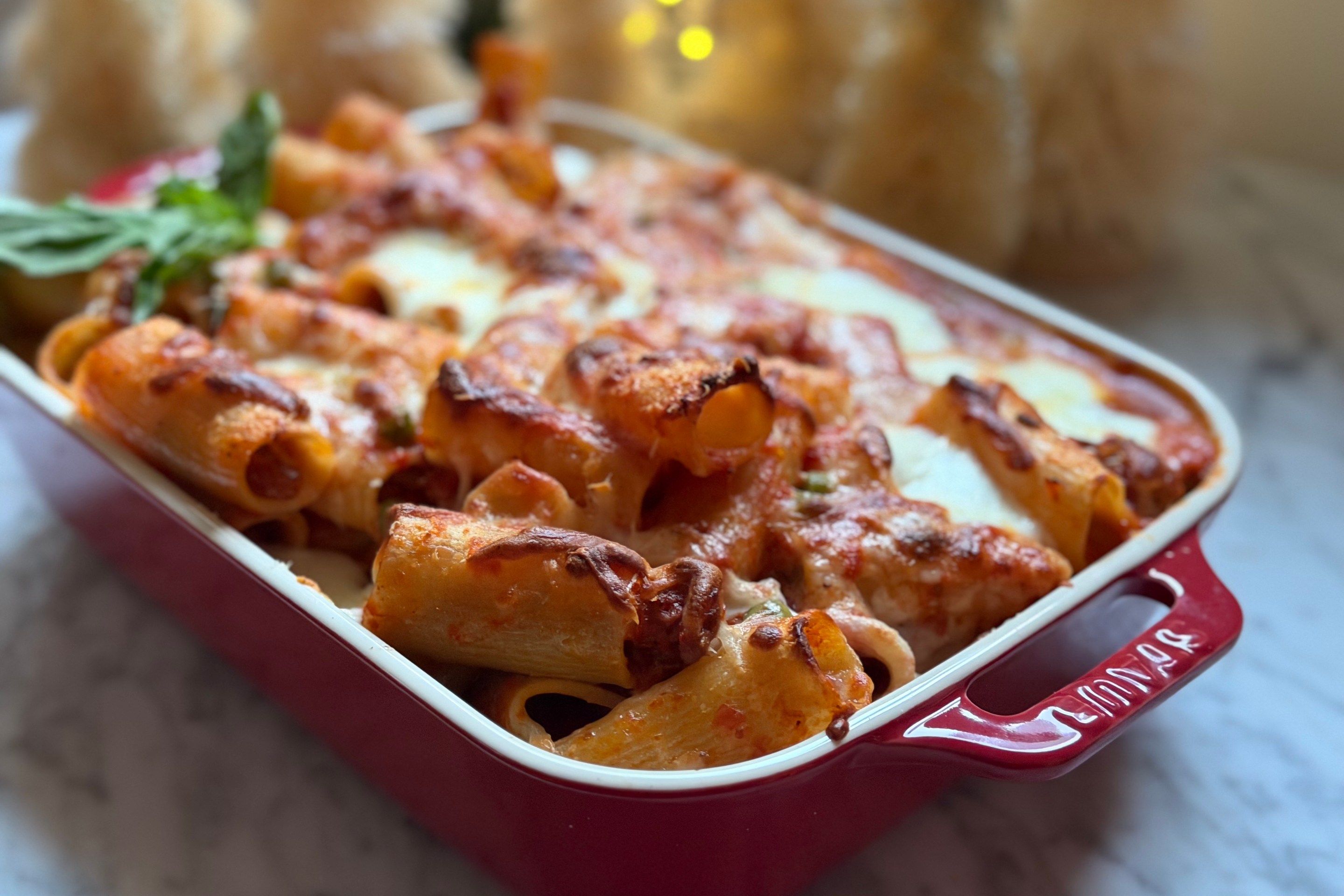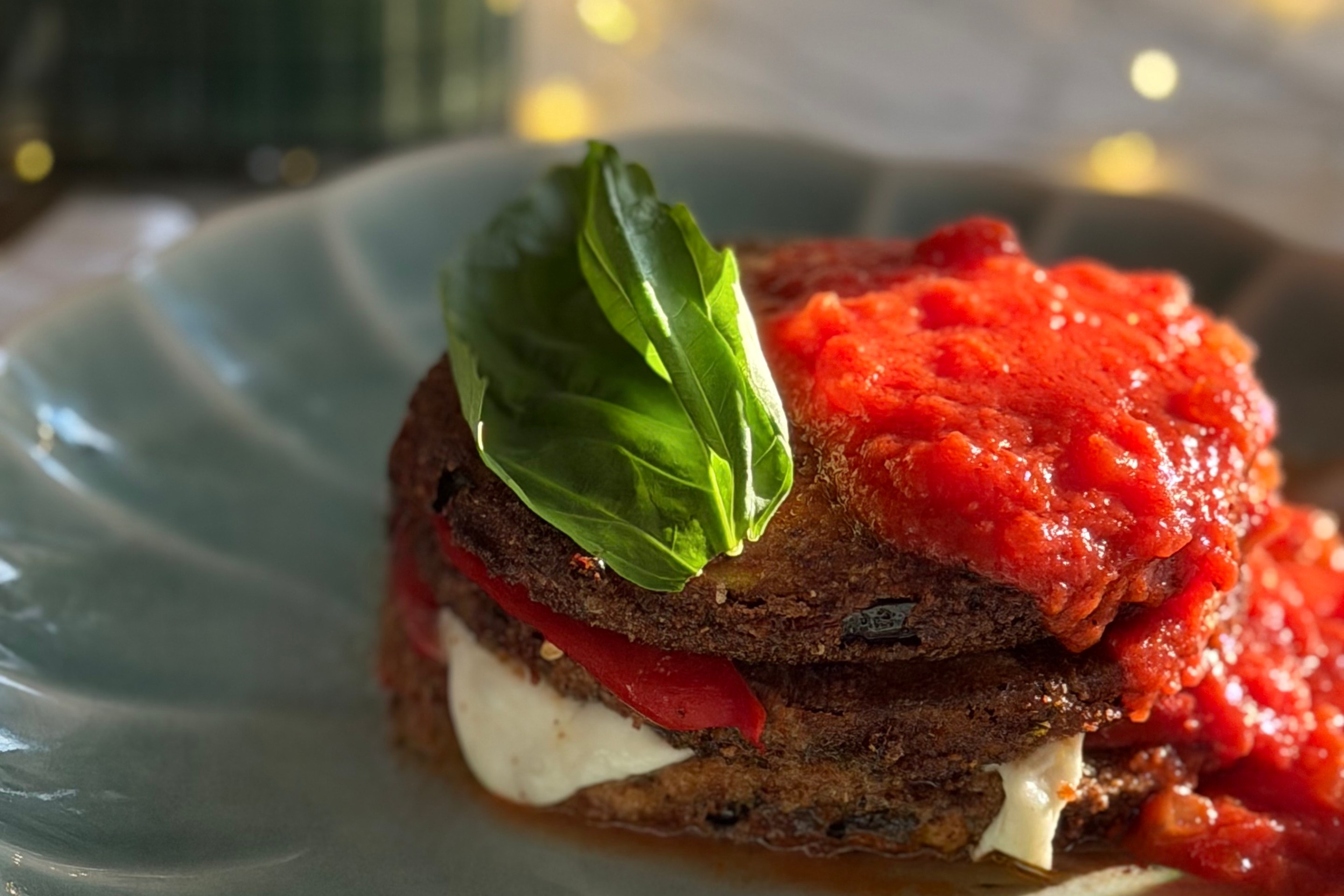Stanley Tucci’s first episode of Tucci in Italy explores the heart of Tuscany, from Florence’s humble street food to the wild Maremma and the marble villages. Along the way, he savors everything from lampredotto panini to many different cooking styles, meeting passionate food artisans from each area. The journey is marked by Tuscan campanilismo – a loyalty to one’s home village – and ends with the citywide celebration of Siena’s Palio.
Florence: Lampredotto and Forgotten Flavors
In Florence, Tucci kicks off with a classic cucina povera staple - the lampredotto sandwich. This Florentine icon is served at roadside stands like Tripperia Pollini, near the Sant’Ambrogio market. Lampredotto is made from the cow’s fourth stomach (the abomasum), boiled and eaten on a crusty roll with a garlicky sauce. Tucci enjoys the rich, familiar flavor of this traditional dish..
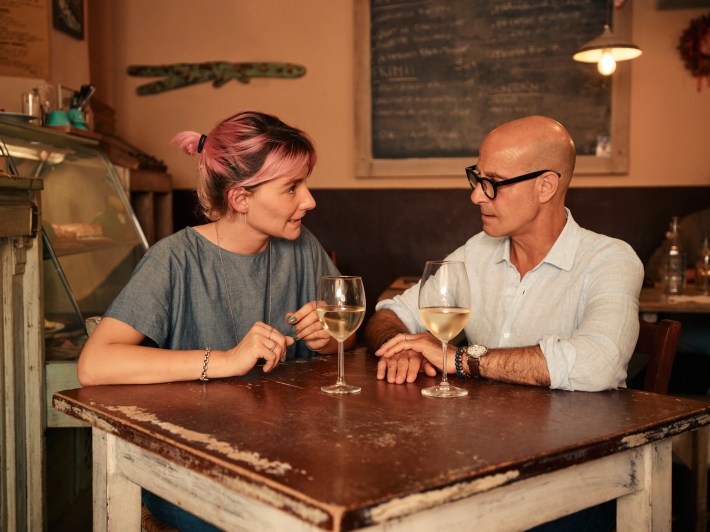
Nearby in the Oltrarno quarter, the small trattoria Dalla Lola revives other humble Tuscan dishes under chef Matilde Pettini. Diners can try francesina di lingua, a rich stew of beef tongue with caramelized onion. Another option is trippa finta (literally “fake tripe”), a meatless take on tripe made with eggs, Parmesan cheese, and bread crumbs in tomato sauce. Tucci sits down with Pettini to taste the trippa finta, surprised by the hearty texture. These dishes show how Tuscany makes the most of simple ingredients.
Colonnata: Marble and Lardo

Leaving the city, Tucci ventures into the Apuan Alps to Colonnata, a tiny hill village famed for two products - marble and lardo. Located at about 550 m above sea level, Colonnata is a quarry town of around 200 people. Its white marble quarries have supplied Michelangelo’s studio and the Pantheon’s columns, and the stone even plays a part in the local cuisine. The village is world-famous for Lardo di Colonnata, strips of pork back fat seasoned with salt, pepper, and herbs, then cured in underground Carrara-marble vats for at least six months. The result is soft, delicate lard that almost melts in your mouth, with a hint of sweetness from the salt and climate.
This “white gold” is made by family-run Larderia Mafalda, Colonnata’s oldest lardo producer (since 1930). In the village square Tucci tastes a panino al lardo from Mafalda’s shop, learning how quarrymen long relied on spoonfuls of lardo for strength on cold workdays. Colonnata’s marble walls and old bell tower show how closely the town’s identity is tied to stone and lard.
Wild Maremma: Butteri and Beef

In the low hills and pastures of southern Tuscany lies Maremma, a quiet coastal countryside once known for wetlands and now famous for cattle and cowboys. The Butteri are the traditional herdsmen of Maremma, similar to American cowboys. They still roam with the Maremmana cattle, a distinctive breed with large horns and white hides. These robust beasts adapted over centuries to the marshy environment, and today are prized for their lean, flavorful meat. Maremmana beef is deep red and virtually fat-free, and its wild breeding gives it a unique aroma and makes it ideal for open-fire grilling. Local restaurants often dry-age prime cuts to tenderize the meat further. A grilled T-bone or Fiorentina made with Maremmana beef shows how simple and strong the local cooking is.
Around Grosseto, Tucci meets with Butteri veterans who uphold the Maremman tradition. These horsemen still preserve campanilismo on horseback, herding the cattle under Tuscan skies. It’s a reminder that Tuscany isn’t just about olive groves and Chianti – it has its own cowboy culture and a distinct type of steak that comes from the land.
Siena: Pride and the Palio
Heading north, Tuscan campanilismo comes into sharp contrast in Siena, where city pride centers on the Palio horse race. Medieval Siena is divided into 17 contrade (districts), each with its own colors, symbols, and loyal supporters. Rivalries run deep. Rick Steves notes that Tuscans “remain fiercely loyal to their home community,” coining the word campanilismo to capture this strong hometown identity. In Siena, those rivalries culminate in the Palio, but they are visible long before race day.
On the evening before the Palio, each contrada hosts an enormous outdoor banquet in its neighborhood piazza. Long tables – up to fifty feet end to end – are set up under torches and lanterns, and thousands of Contrada residents sit down together. Volunteers serve up bowls of pasta, roasted meats, vegetables, and local wine. With flags flying and the roar of voices, the whole city comes together for the feast. It’s loud, proud, and full of neighborhood spirit - even if things get intense once the race begins. Tucci points out how this mix of celebration and rivalry captures Tuscany’s warmth and edge.
Ciblèo: Tuscan-Japanese Fusion
Back in Florence’s lively Sant’Ambrogio district, Tucci finds a very different take on Tuscan tradition. Ciblèo Tosco-Orientale is a sleek restaurant (part of the famed Cibrèo group) that blends Tuscan ingredients with Japanese technique. Opened in 2017, Ciblèo’s concept is “blending Asian traditions with exceptional Tuscan ingredients.” Chef Masaru Kawai, originally from Japan and trained in Italy, merges the two cuisines in creative ways, like pairing sashimi with olive oil and lemon. After working in Chianti and with local butchers, Kawai returned to Florence to bring his Italian and Japanese influences together in one kitchen.
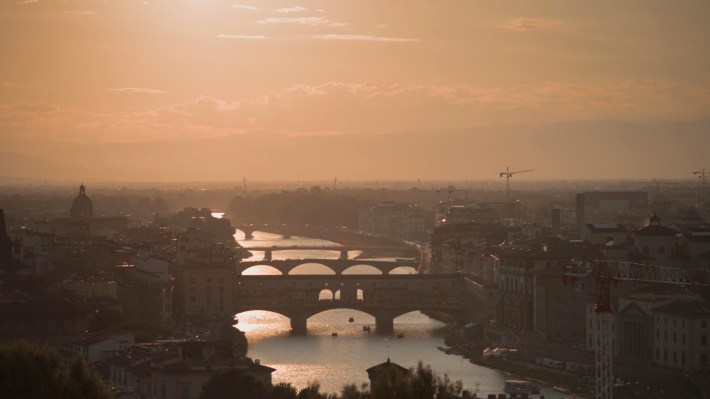
Tucci tastes Ciblèo’s inventive dishes and finds that even here the campanilismo of ingredients prevails. The table is covered in premium olives, herbs, and cheeses from Tuscany, yet plated with Asian finesse. It’s evidence that in modern Tuscany, local and global can be interchangeable.
Keep an eye out for our next episode recap, where Tucci heads to Lombardy where city kitchens and mountain recipes share the spotlight. It’s a different pace, a different palate, and just as full of stories.
Follow Tucci’s adventures at @StanleyTucci, @NatGeoTV, and @AppetitoMagazine.

